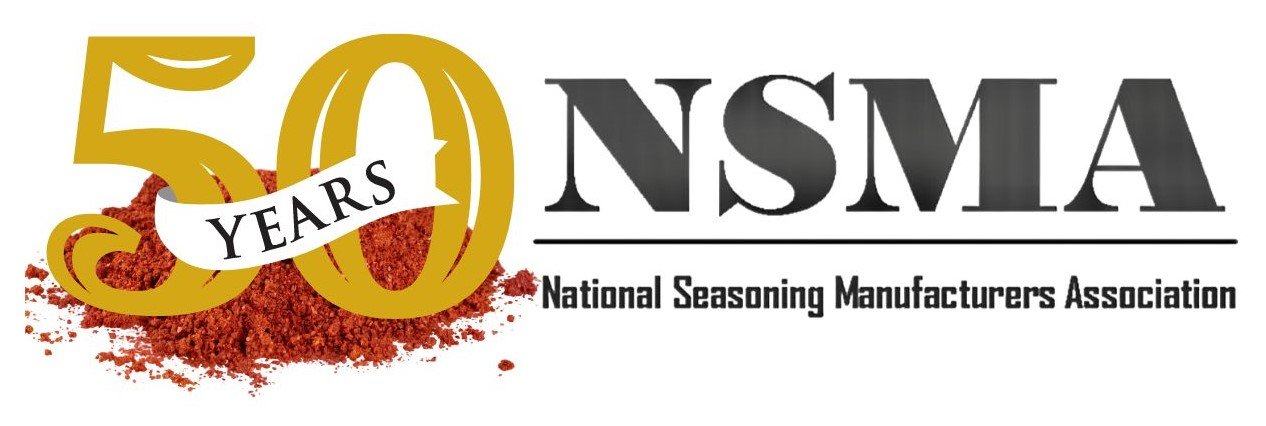To Whom It May Concern: The National Seasoning Manufacturers Association (NSMA) appreciates the opportunity to submit comments regarding the Draft Risk Profile: Pathogens and Filth in Spices (DRP) prepared by the Food and Drug Administration (FDA). Founded in 1973, NSMA is a trade association representing the United States seasoning industry. NSMA is composed of member companies that produce food products including but not limited to seasonings, spices, flavorings, vegetable ingredients and derivatives and other food additives. We estimate that more than 90% of the seasonings consumed in the United States are manufactured by NSMA member companies and spices are an essential component in many of these seasonings. Therefore, our members have a compelling interest in this risk profile of spices. NSMA shares the FDA’s commitment to food safety. The highest priority of NSMA and its members is to provide safe and wholesome seasoning products to their customers, which include both the consuming public and other food manufacturers. NSMA is actively engaged in the regulatory process by maintaining routine meetings and dialogue with USDA and FDA and by providing comment to regulatory agencies as needed. NSMA also offers a wide variety of resources to its members including guidance to assist in the manufacturing, handling and processing of safe, wholesome food products. NSMA guidance is often shared with the entire supply chain. NSMA recognizes that many raw agricultural products carry the risk of harmful microbial contamination and other foodborne hazards. The spice and seasoning industry fully comprehends the microbial risks inherent to raw agricultural products including those risks associated with farming and handling practices at the countries of origin. Consequently, responsible spice manufacturers incorporate processes to eliminate pathogens and other foodborne hazards during the conversion of raw agricultural products into ready-to-use or ready-to-eat foods. Likewise, responsible seasoning manufacturers utilize spices where foodborne hazards have been properly mitigated. Within the DRP, FDA concluded that, “knowledge and technology are available to significantly reduce the risk of illness from consumption of contaminated spices in the United States.” FDA also asserts that it identified failures of the farm-totable food safety continuum, which potentially lead to the adulteration of “consumed” spice in the U.S. However, the preponderance of the relevant data that FDA offered to support its assertions was not collected throughout the entire farm-to-table continuum associated with spices that were offered for consumption in the U.S. Assessing the risk of foodborne hazards in consumed spices by testing shipments at import is deeply flawed because it cannot be assumed that all shipments at import are consumable food products.

